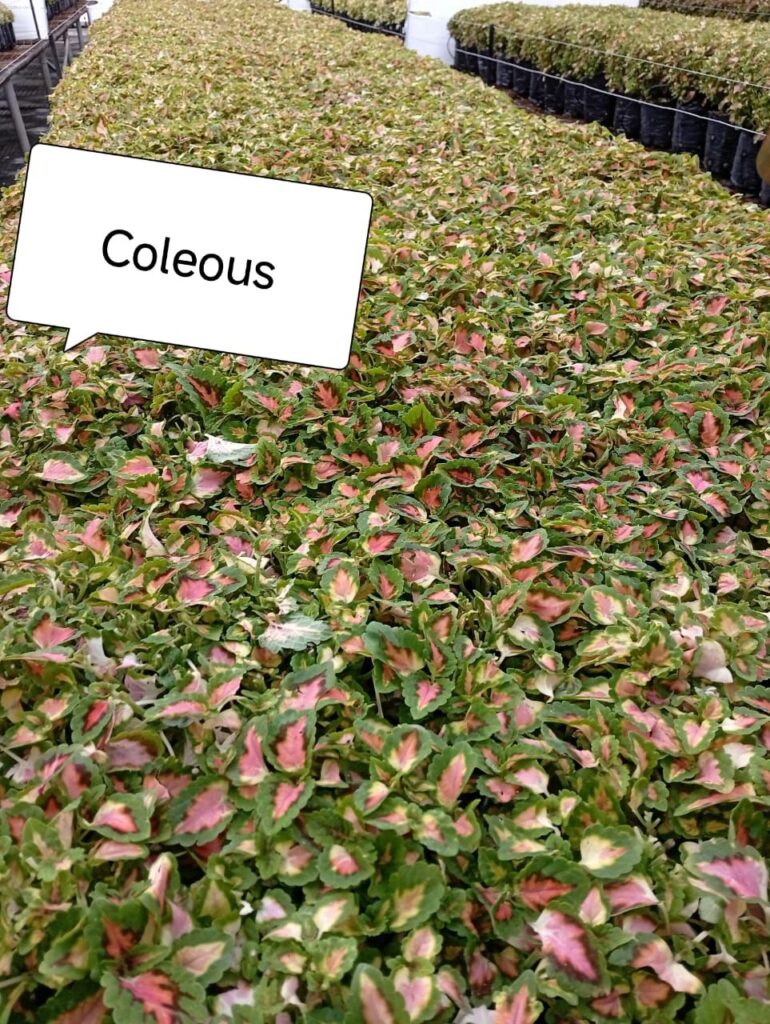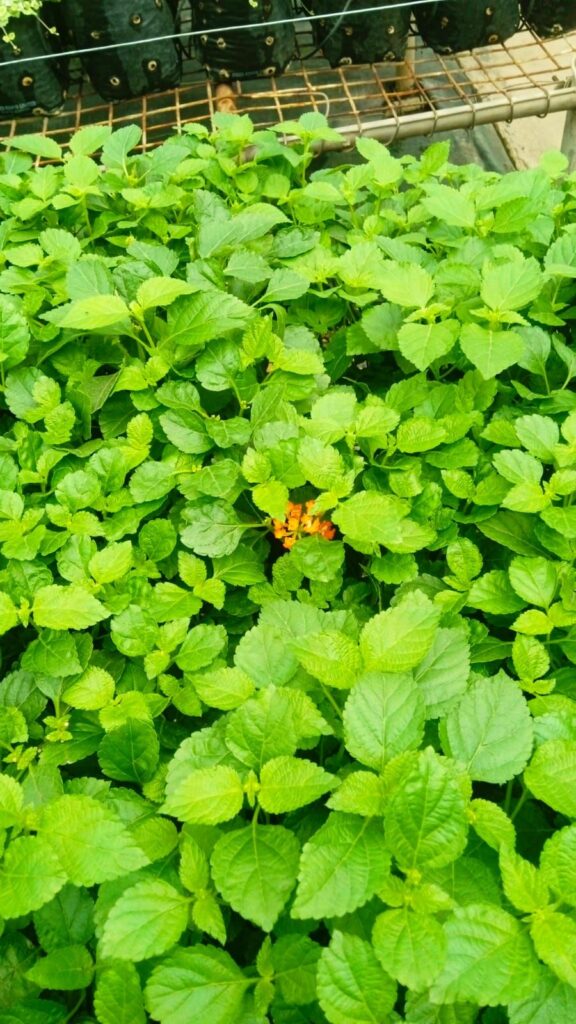
Growing up in Busia, Western Kenya, one of the greenest and most fertile regions of the country, I was surrounded by wild vegetation in all its beauty. Flowers were everywhere—bright, wild, and growing freely along roadsides, fields, and homesteads. But to us, they were just flowers.
We didn’t see them as a business opportunity. Their value only came alive on special occasions. They graced churches during Sunday masses and other ceremonies. They decorated weddings and parties. At funerals, they were plucked and placed on fresh graves. On rare occasions, a romantic soul would send a bouquet to a lover. That was the extent of how flowers fit into our lives.
What I never imagined was that these very plants I saw as ordinary could actually be worth millions in global markets.
A Surprising Discovery
My perspective shifted the day I visited my brother, who works at a flower company. As I walked through the greenhouses, I was stunned to see familiar plants—flowers I had grown up seeing on the roadside or in homesteads.
When I asked him about it, he explained that the company was cultivating many of these same local species for export. It was a revelation. The very wild plants we often ignored were being carefully propagated, packaged, and shipped abroad, where they fetch premium prices.
This discovery opened my eyes to the hidden potential of Kenya’s floriculture industry. While roses dominate exports, other local flowers are also quietly powering the sector. Among them are Coleus, Gaillardia, Bidens, Crossandra, Portulaca, Lantana Camara, Ipomoea, Glechoma, and New Guinea Impatiens.
Local Plants with Global Demand
Let’s explore each of these plants and how they’ve transitioned from being “ordinary” to international moneymakersLet’s explore each of these plants and how they’ve transitioned from being “ordinary” to international moneymakers:
- Coleous
Coleus is a favorite for its colorful foliage rather than its flowers. In Kenya, it’s common in homestead hedges, but internationally, its striking leaves are in high demand for landscaping and interior decoration. Export companies propagate it in large numbers, making it one of the leading foliage plants worldwide.
2. Gaillardia (Blanket Flower)
Gaillardia, with its vibrant red, orange, and yellow blooms, grows easily in hot climates. While often overlooked locally, it’s valued abroad for its long blooming season and resilience. Kenya exports cuttings and seeds that end up brightening gardens across Europe and the U.S.
3. Bidens
Bidens are often seen as wild, weedy flowers in Kenya. But internationally, their golden-yellow blossoms make them perfect for hanging baskets and garden borders. What we dismiss locally is exported as a premium bedding plant.
4. Crossandra (Firecracker Flower)
Known for its radiant orange blooms, Crossandra is common in tropical regions. In India, it is culturally significant, and globally, it’s sought after as a potted plant and ornamental hedge. Kenyan growers export it to markets that value both its beauty and exotic appeal.
5. Portulaca (Moss Rose)
This low-growing succulent thrives in sandy soils and dry areas. In Busia, it creeps unnoticed, but abroad, Portulaca is celebrated as a drought-tolerant ornamental. Landscapers use it widely for ground cover and rock gardens, making it a top seller from Kenya’s floriculture exports.
6. Lantana Camara

Lantana is familiar to Kenyans, locally known as “obengele” and often viewed as an invasive nuisance. Yet its clusters of brightly colored flowers are prized in the landscaping industry worldwide. Kenya exports non-invasive varieties that are used in ornamental gardening and butterfly gardens.
7. Ipomoea (Morning Glory)
With trumpet-shaped flowers that open at dawn, Ipomoea is commonly seen along fences in rural Kenya. Globally, it’s loved for its fast-growing vines and delicate beauty. International demand makes it one of the key ornamental exports.
8. Glechoma (Creeping Charlie)
Not well known locally, Glechoma is a creeping plant with violet flowers. In Europe and North America, it is a favorite for hanging baskets and garden borders. Kenya exports significant quantities, making it another silent money-maker.
9. New Guinea Impatiens
This hybrid, derived from wild impatiens (some native to East Africa), is among the most commercially successful ornamental plants worldwide. With its bright blooms and glossy foliage, it’s a staple in gardens across the globe. Kenyan growers supply millions of cuttings annually to meet international demand.
Kenya’s Hidden Floriculture Wealth
The success of these plants underscores a vital truth: what we often overlook in our backyards can hold immense value in global markets.
Kenya’s floriculture industry is now one of the country’s top foreign exchange earners, second only to tea. While roses dominate, niche flowers like Coleus, Portulaca, and Gaillardia are making significant contributions. For smallholder farmers, this represents a massive untapped opportunity. With the right training and access to export channels, they could cultivate these plants profitably.
Regions like Busia, with fertile soils and favorable climates, are particularly well positioned to benefit from this hidden wealth. What once grew wild and unnoticed can now be a pathway to prosperity.
Final Thoughts
Today, when I walk past the flowers I grew up seeing—whether it’s Lantana by the roadside, Portulaca creeping along sandy paths, or Ipomoea climbing fences—I see them differently. They’re no longer just wild blooms for weddings, churches, or funerals. They are part of a global industry that brings in millions of shillings, creating jobs and supporting livelihoods.
So the next time you pass by a “wild” flower in your village or backyard, remember this: somewhere in the world, that same plant is being sold for dollars and euros. And here in Kenya, it’s quietly making flower companies millions.

Disclosure: This banner contains an affiliate link. I may earn a commission if you purchase through it, at no extra cost to you.
